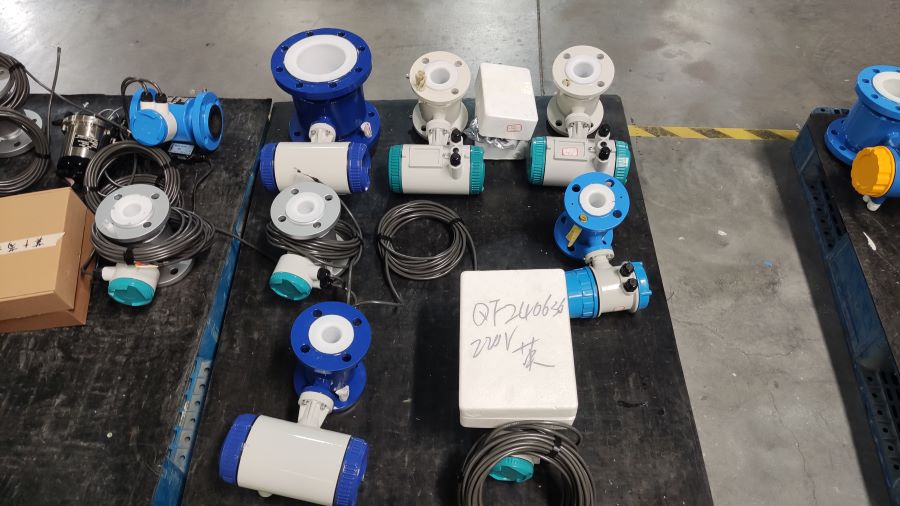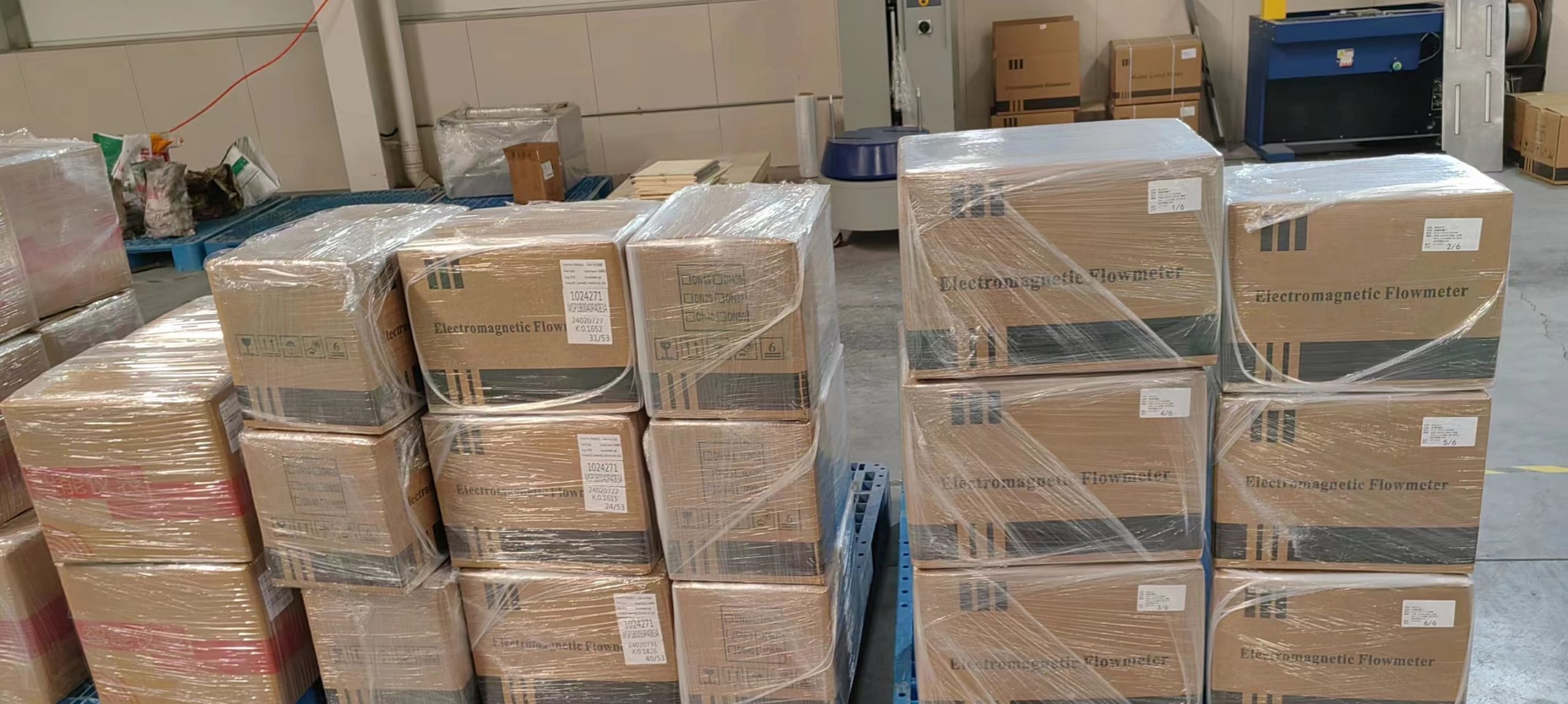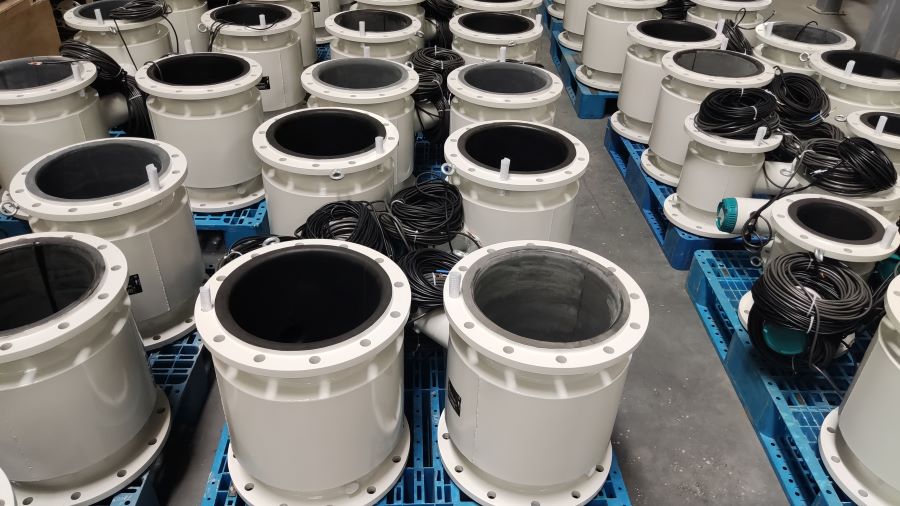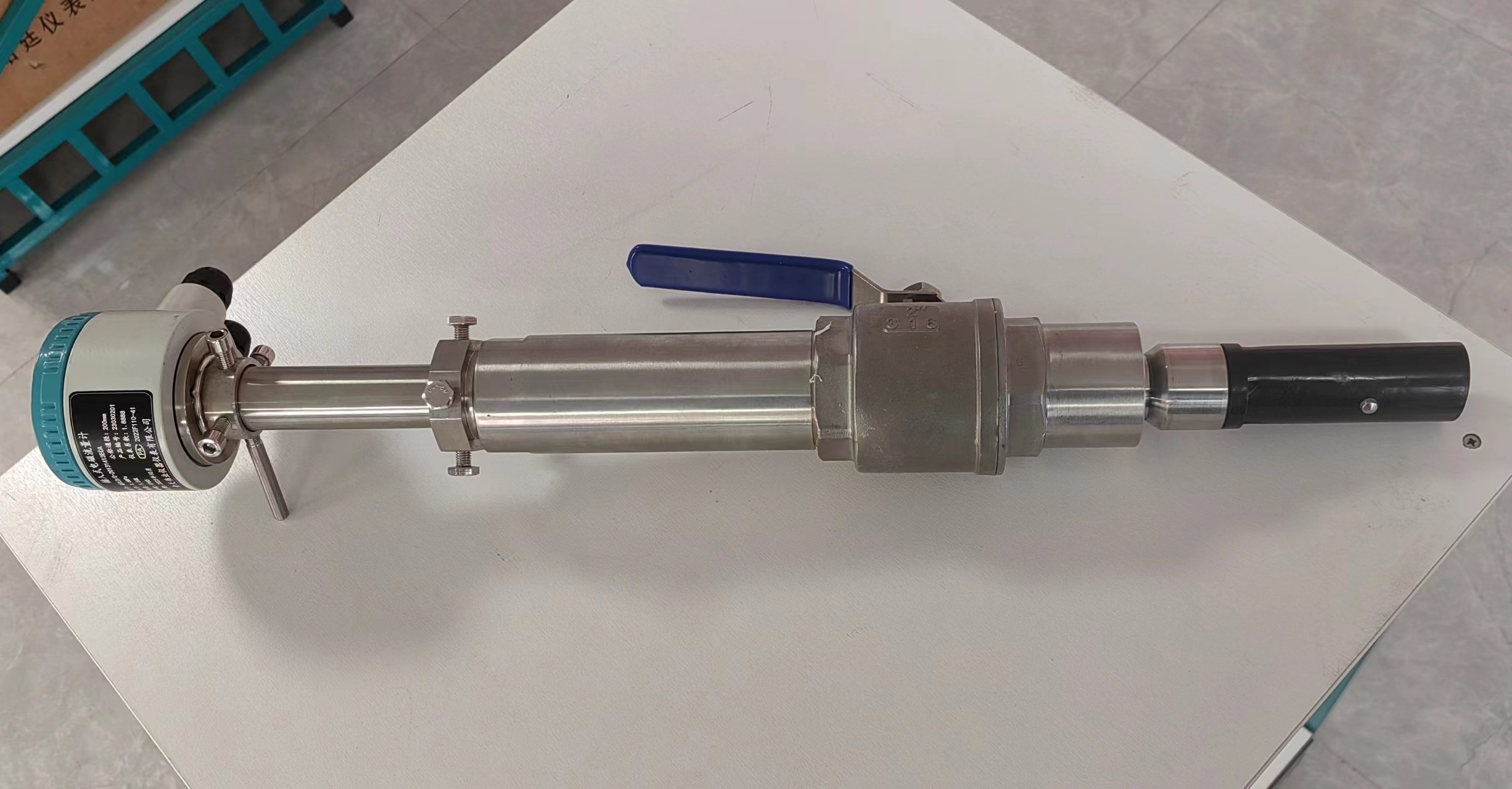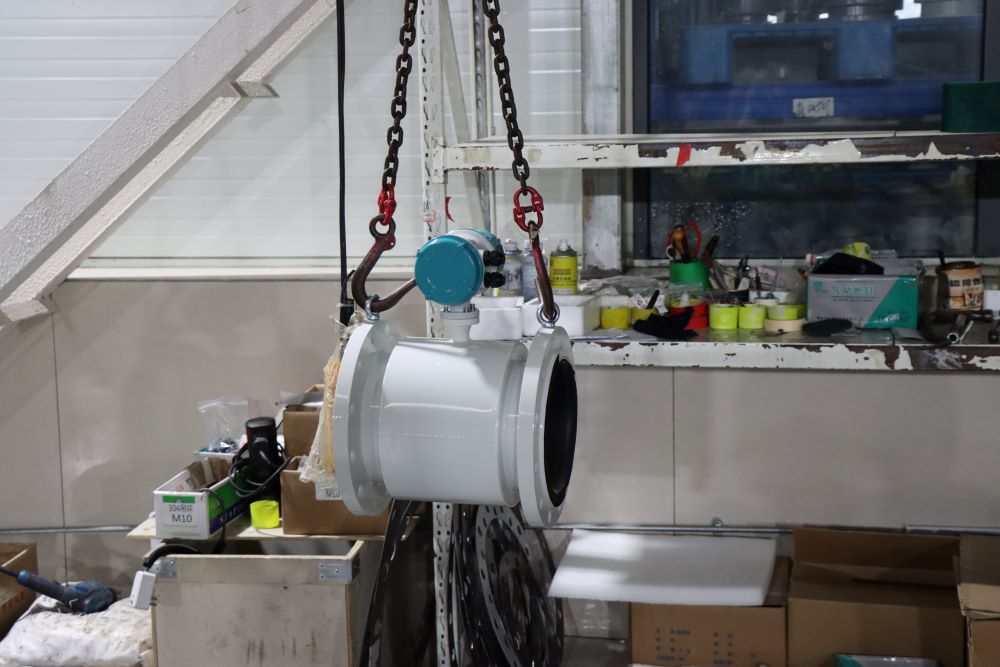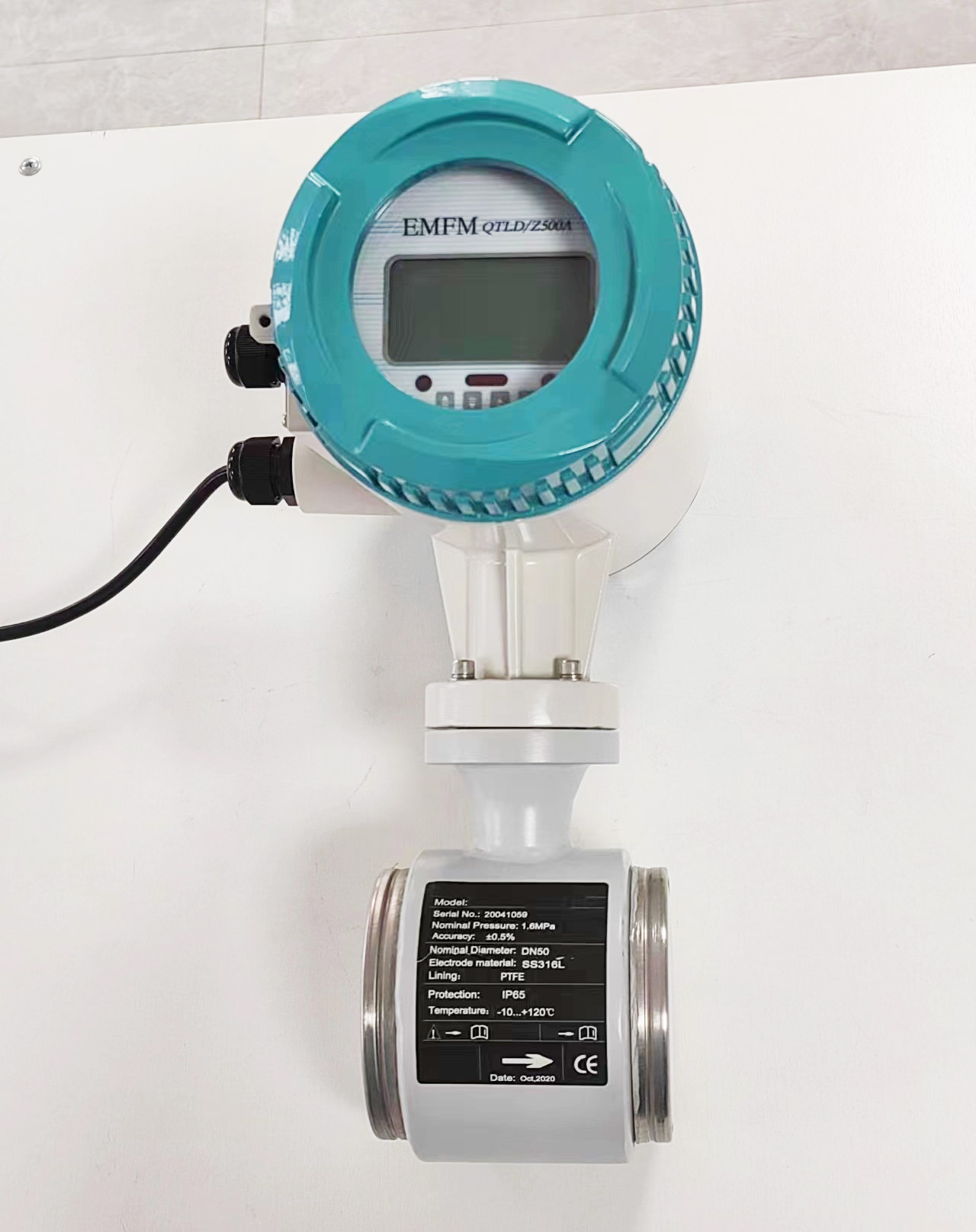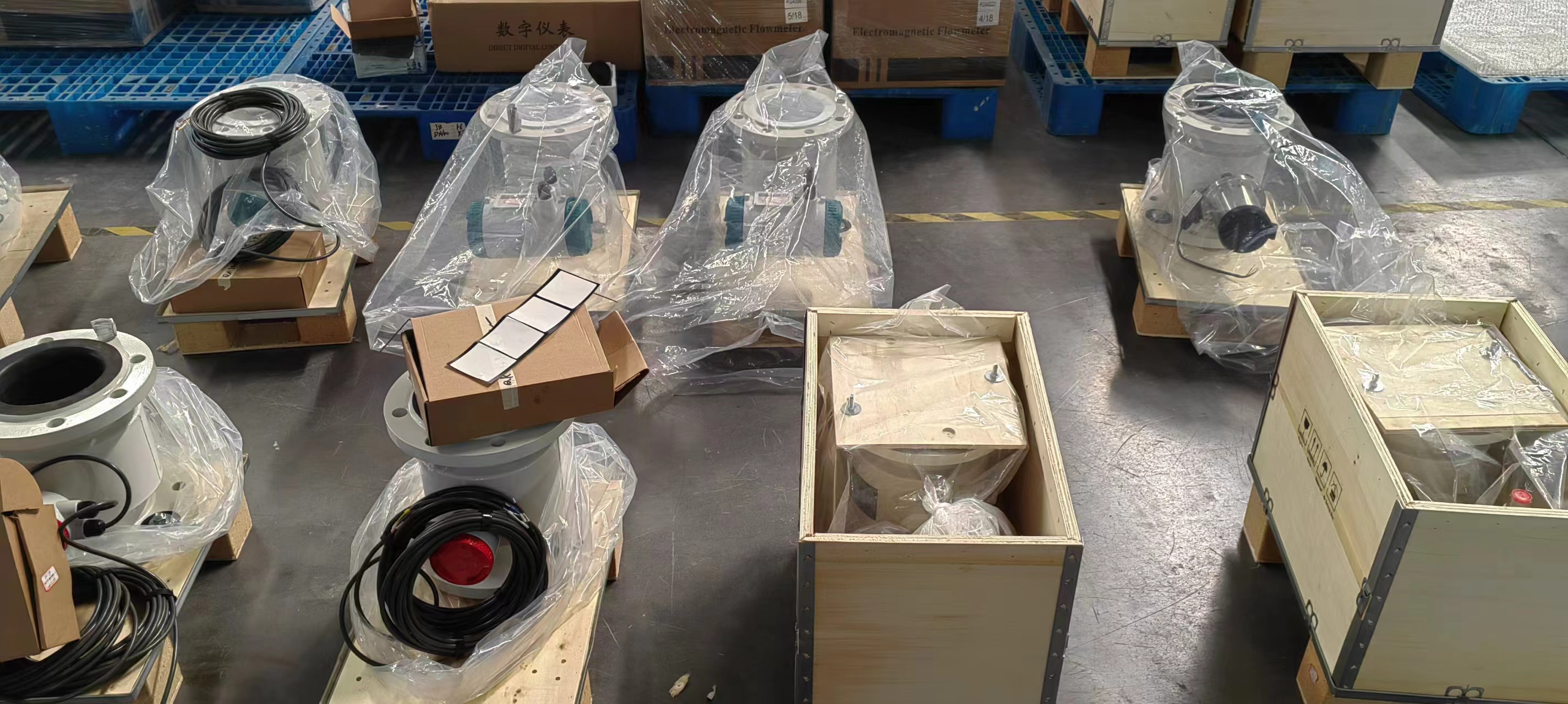6 methods for troubleshooting common faults of electromagnetic flow meters
Electromagnetic flowmeter is a widely used flow meter, in the process of use will inevitably appear some failures, then how to check the cause of the failure and eliminate it, the next Aister to teach you several simple troubleshooting methods.
Electromagnetic flowmeter is a widely used flow meter, in the process of use will inevitably appear some failures, then how to check the cause of the failure and eliminate it, the next Aister to teach you several simple troubleshooting methods.
Troubleshooting method: resistance method; Current method; Voltage method; Substitution method; Analog signal method; Waveform method.
1. Resistance method:
(1) Flow meter power fuse, excitation insurance on and off;
(2) electromagnetic flowmeter signal cable, excitation cable on and off;
(3) The on-off and resistance value of the electromagnetic flowmeter excitation coil;
(4) Insulation resistance of electromagnetic flowmeter excitation coil to the ground;
(5) insulation resistance of the electrode to the ground;
(6) Resistance value of the flow meter power transformer.
2. Current method: Measure flowmeter output current and excitation current.
3. Voltage method: Judge the working power supply.
4. Alternative method: such as the converter and amplifier plate of the flow meter are exchanged.
5. Analog signal method: The flow signal is provided by the analog signal generator to test the flow sensor.
6. Waveform method: Familiar with the line based on the test key points waveform electromagnetic flowmeter inspection content: appearance inspection, converter characteristic test, measurement value calibration, measurement of the voltage of each part, measurement of insulation resistance, confirmation of the circuit, etc. When the instrument is checked and adjusted, it is very important to adjust the zero because of the zero drift.

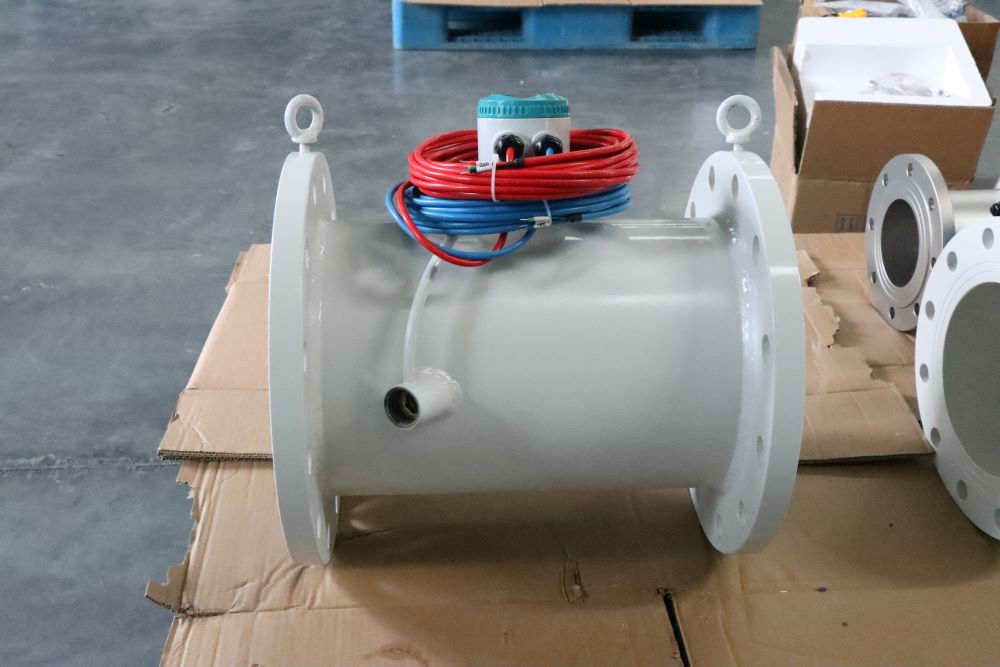

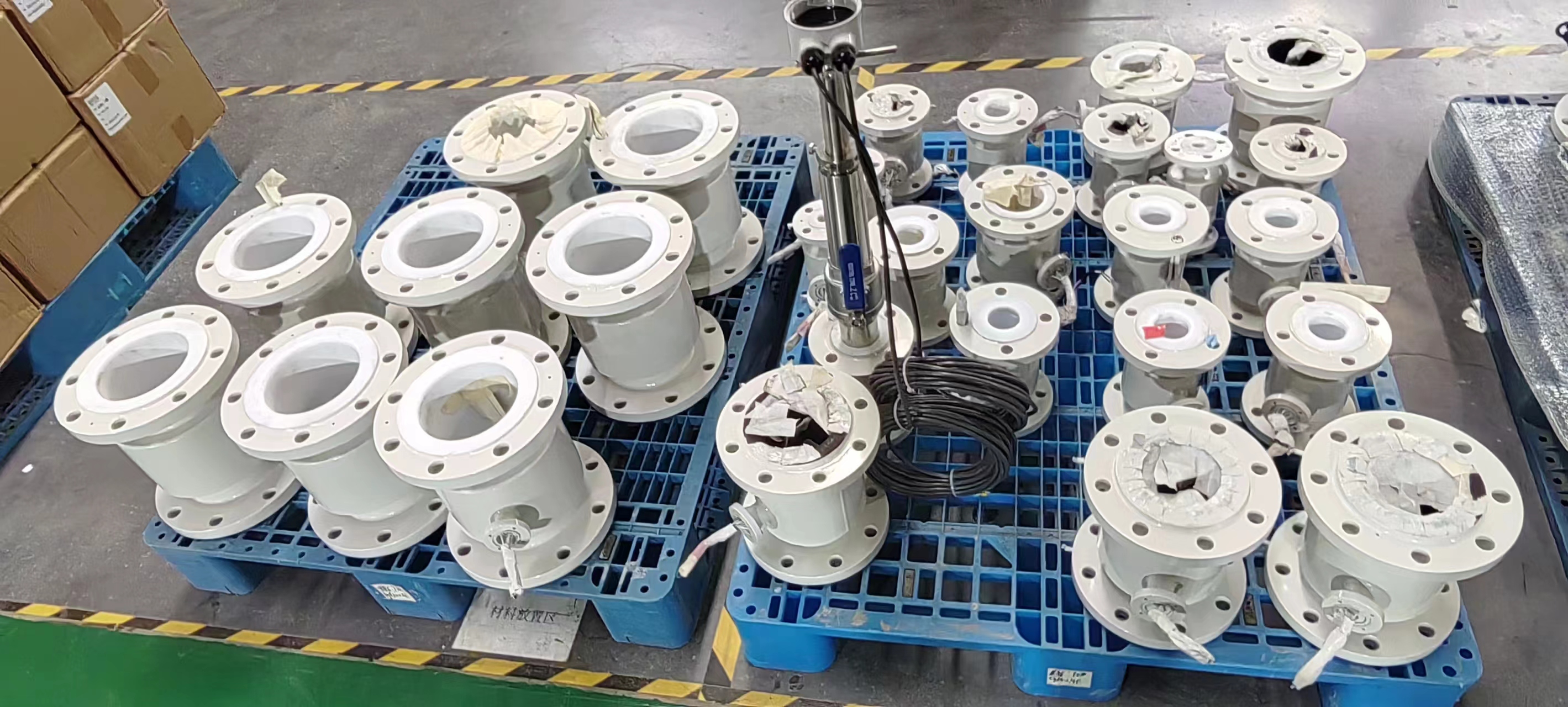
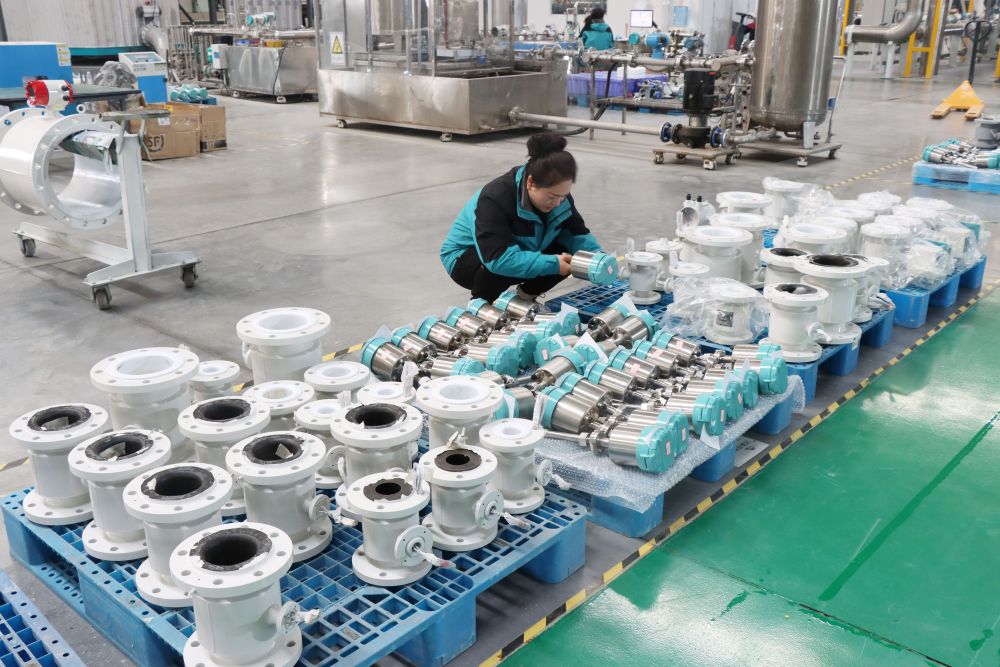
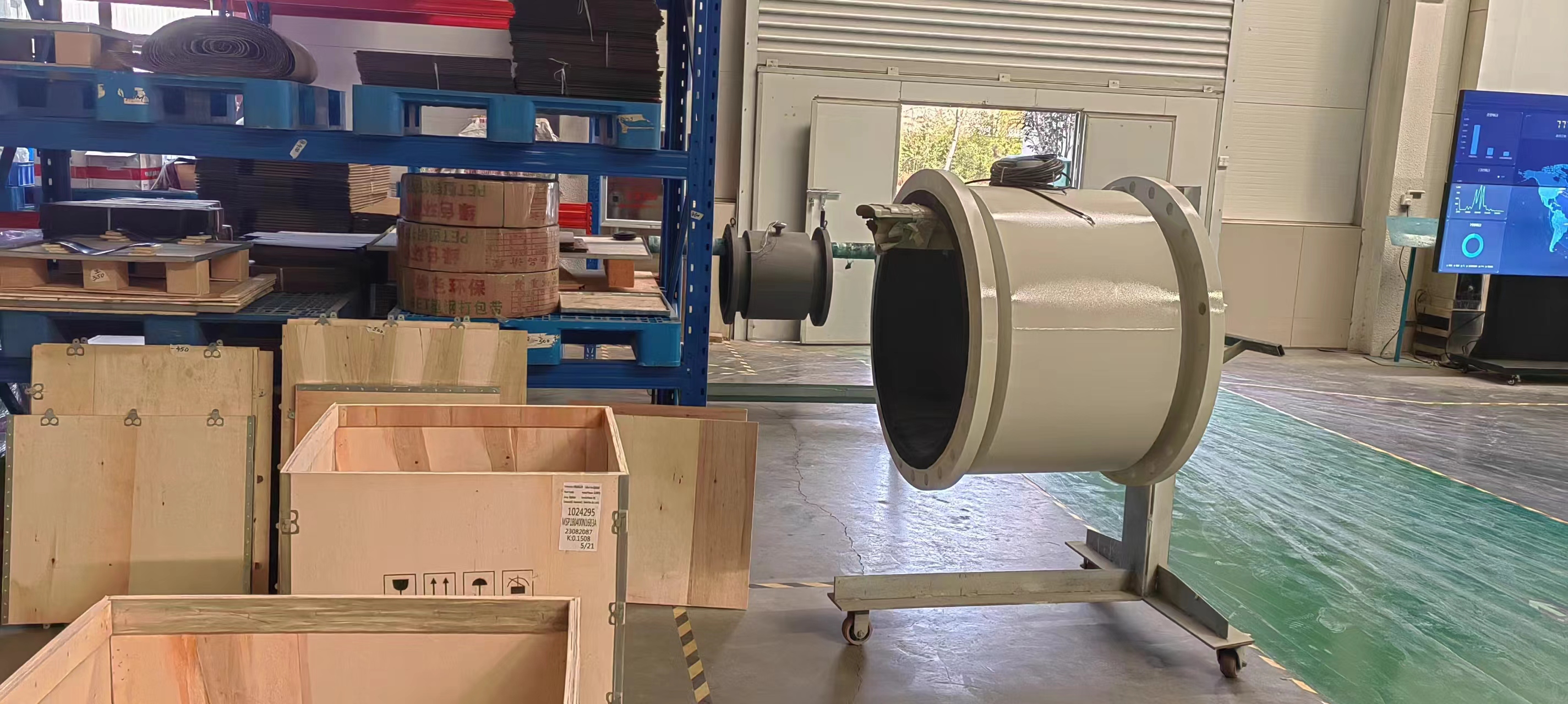
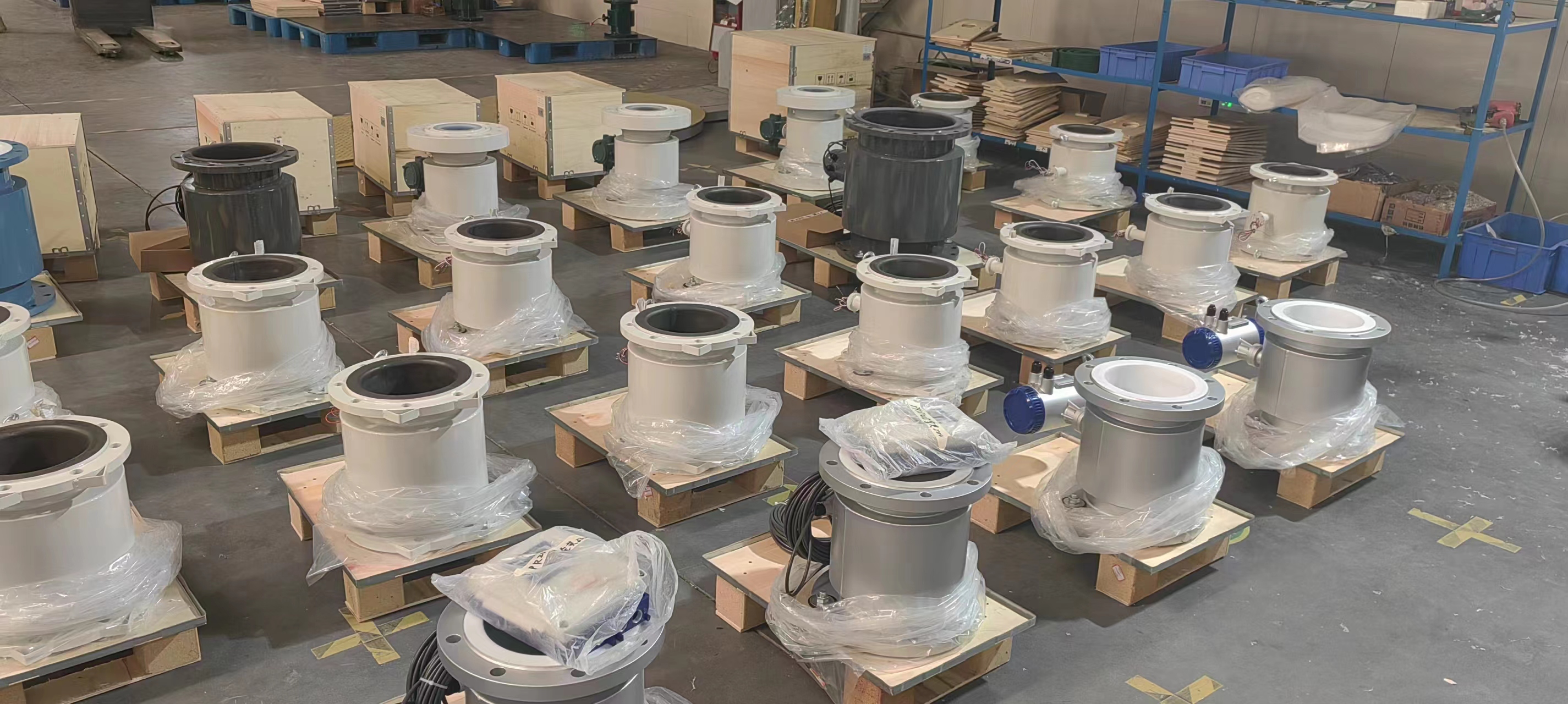
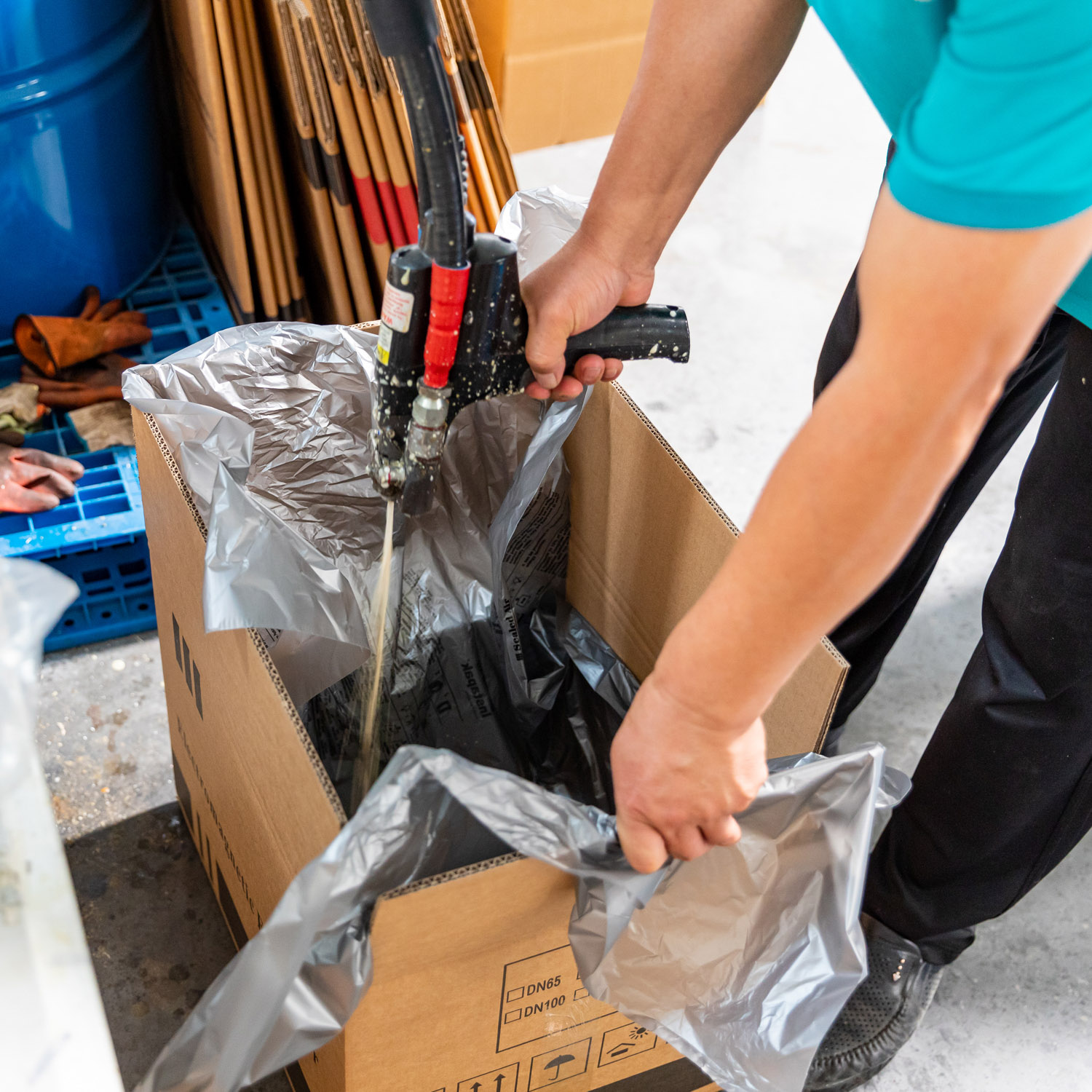
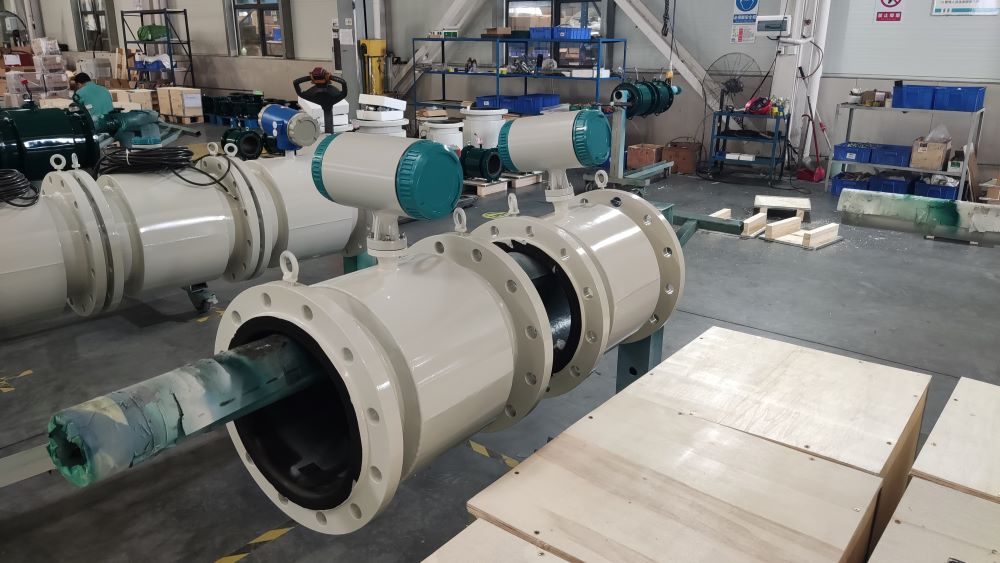
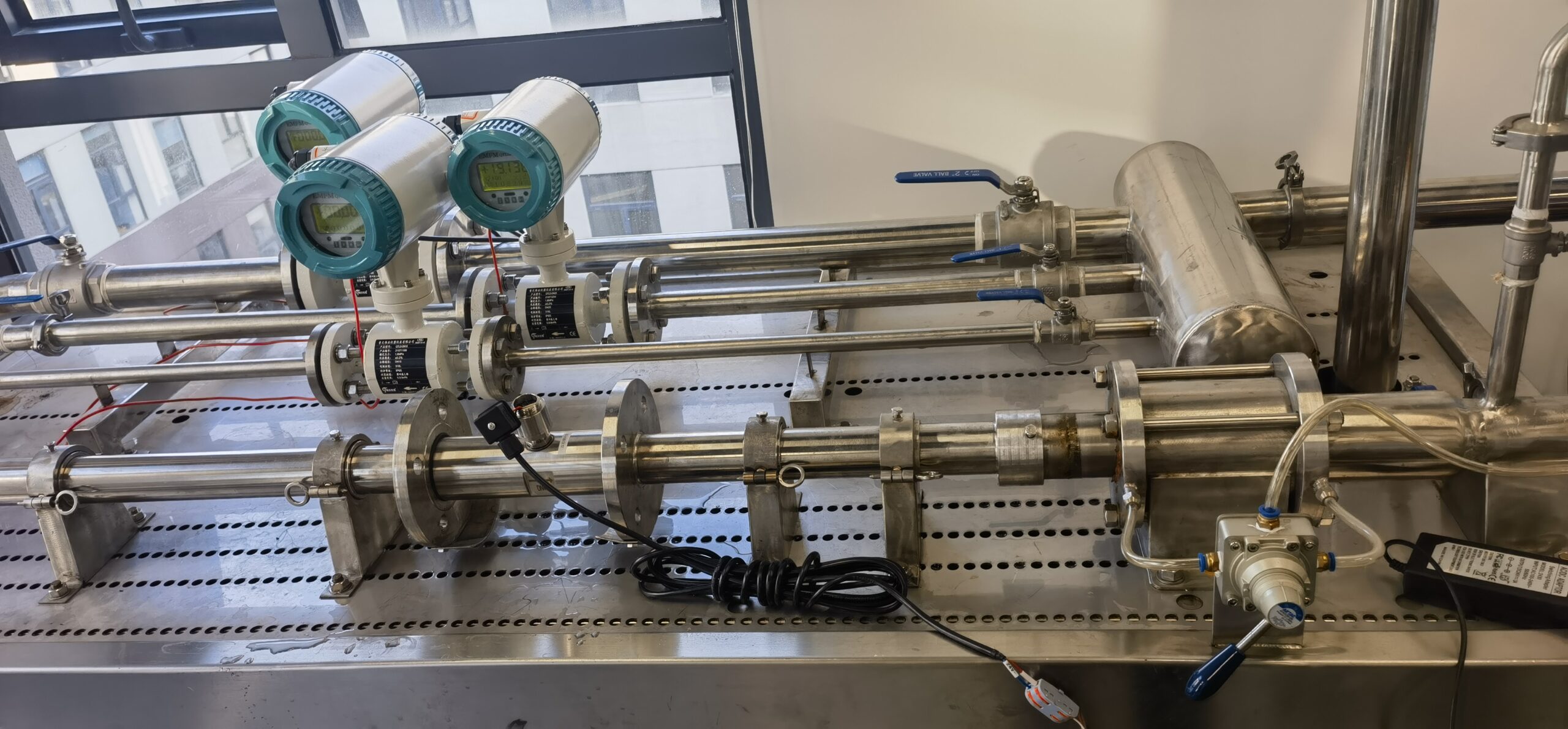
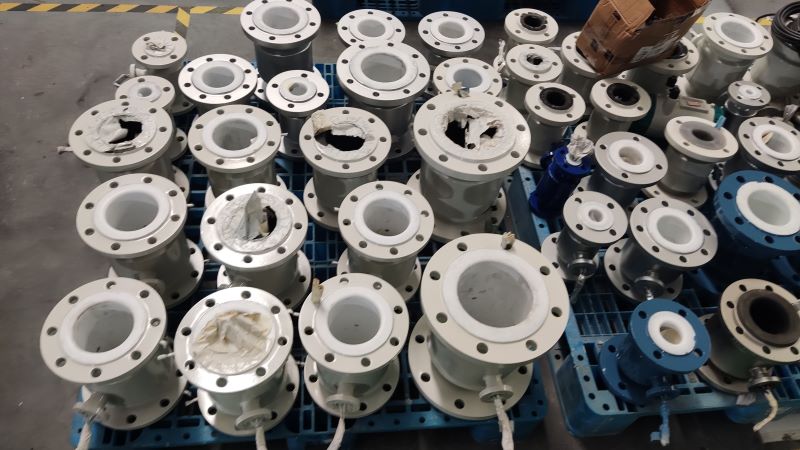
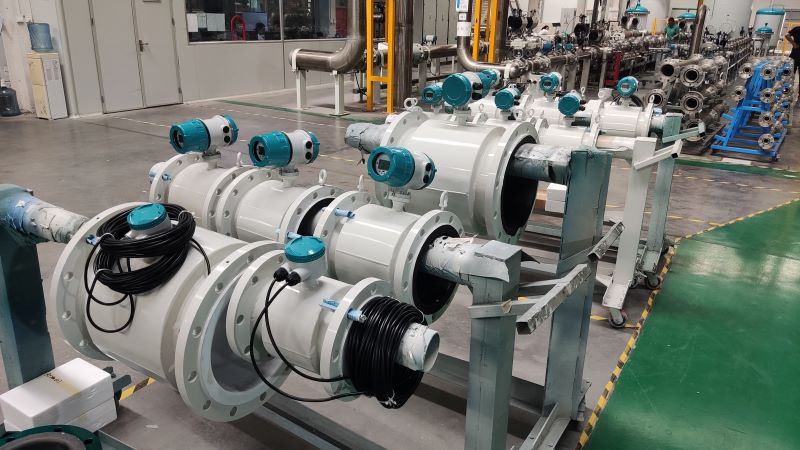
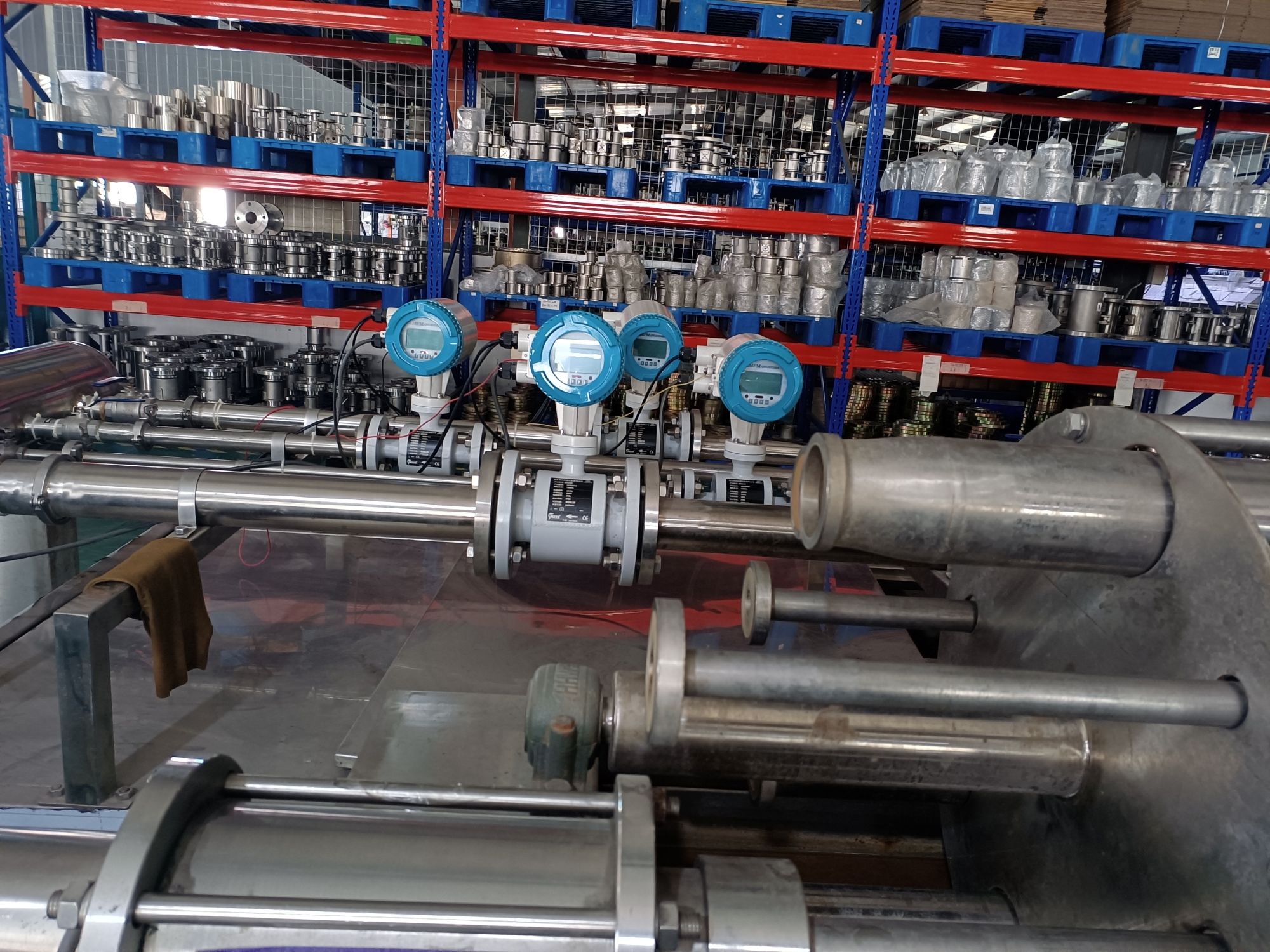
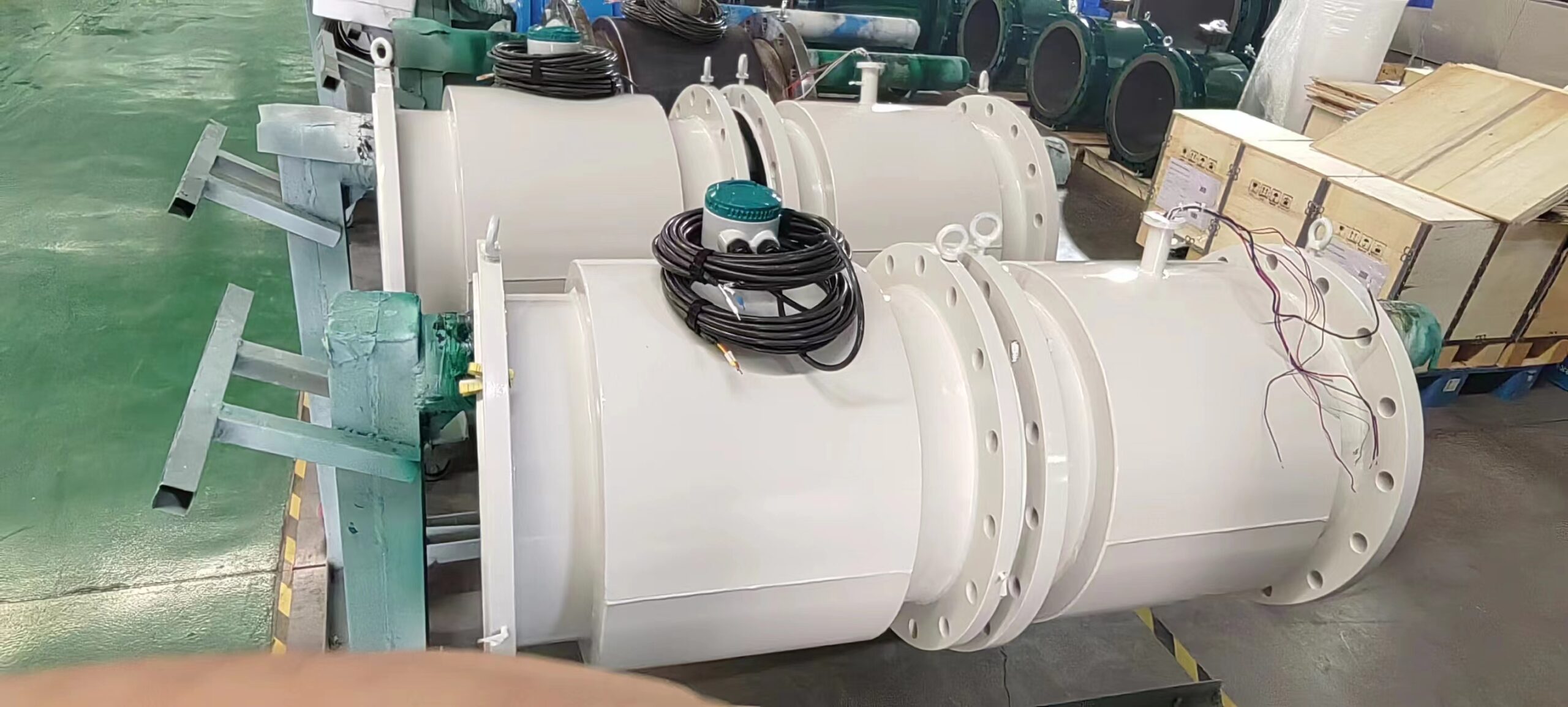
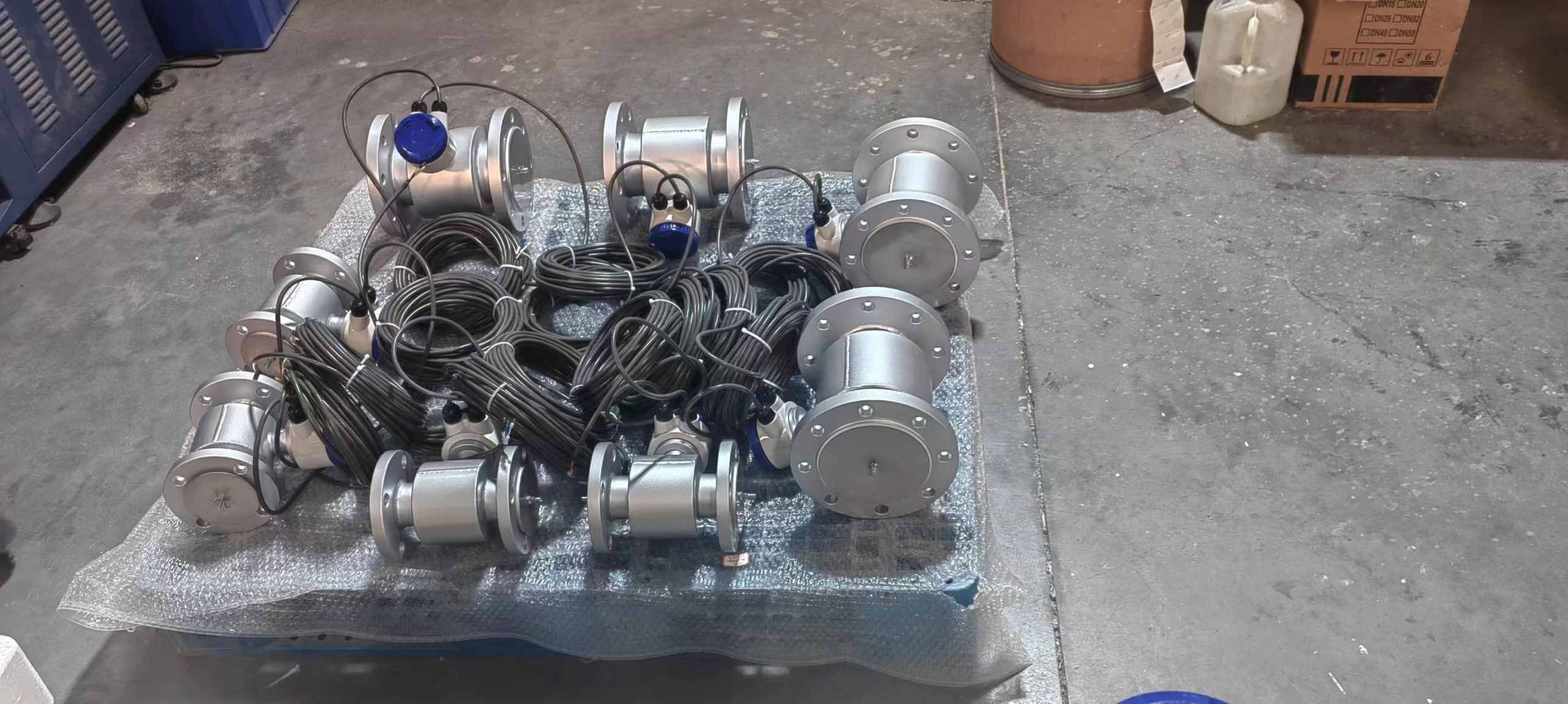
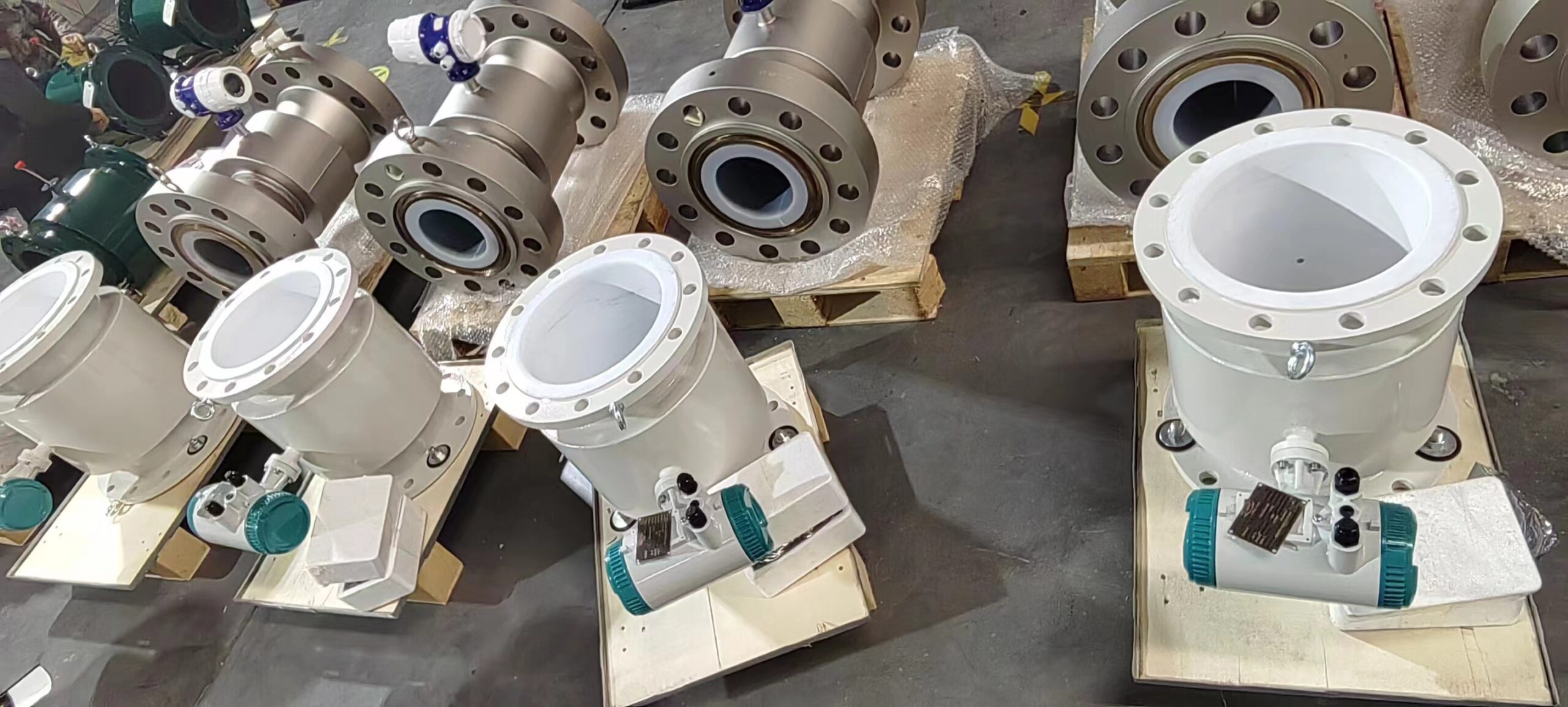
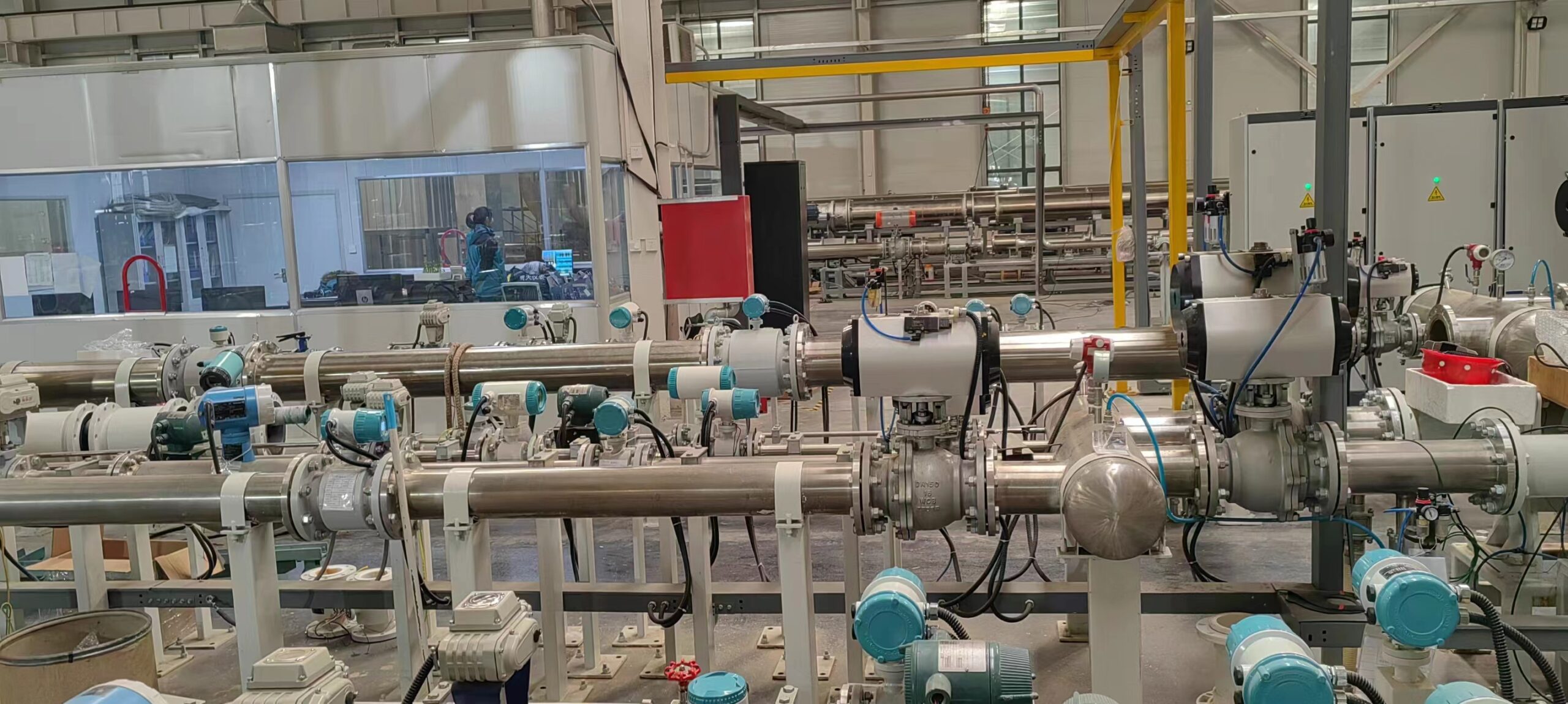
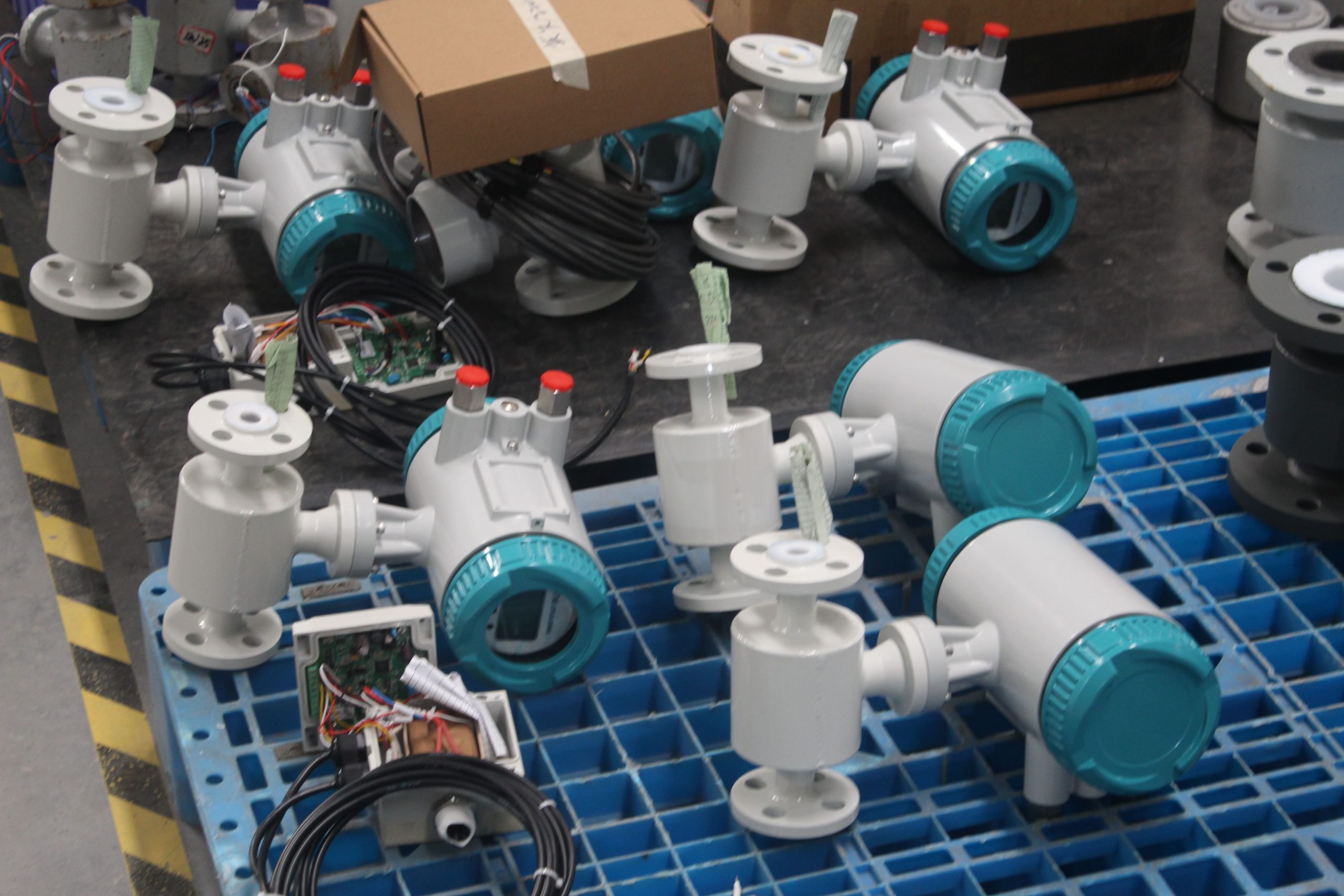
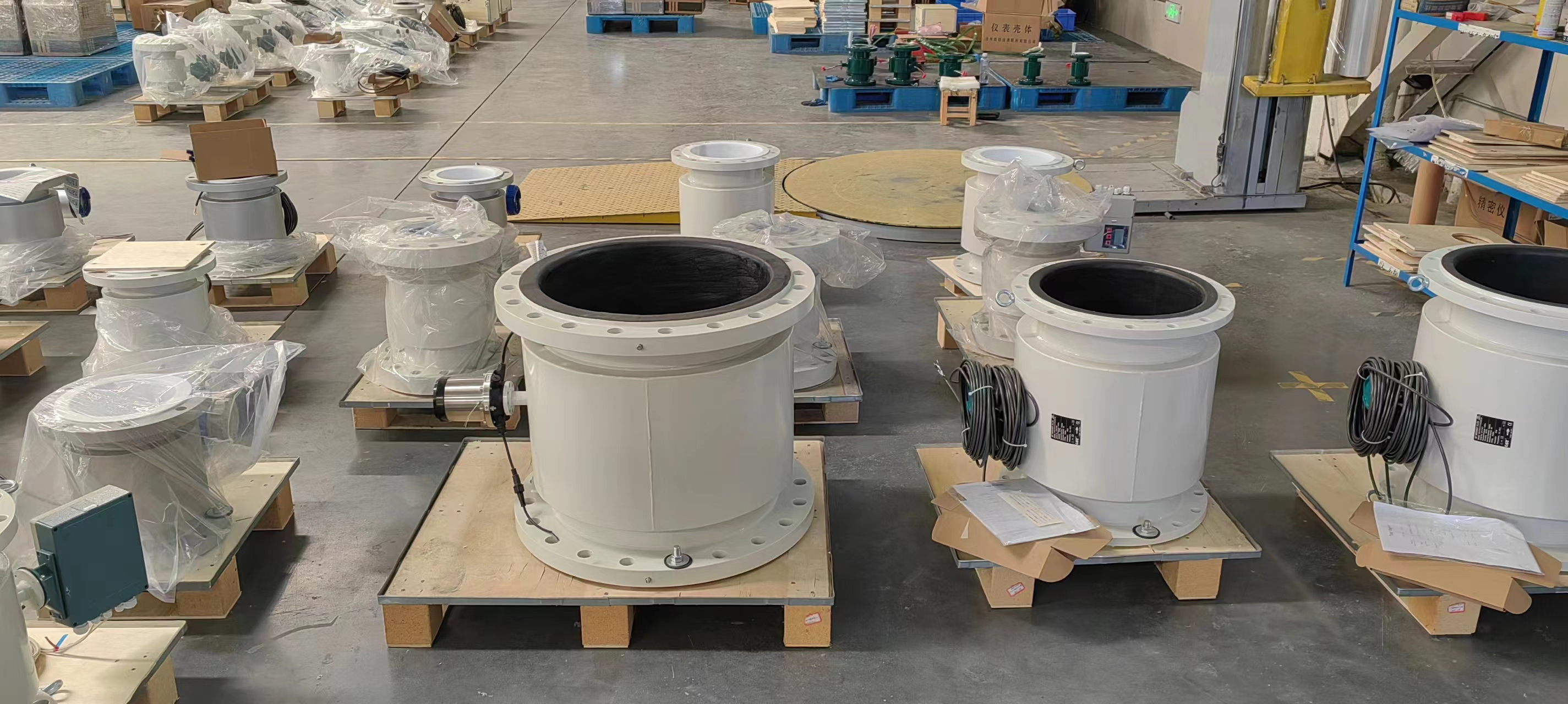
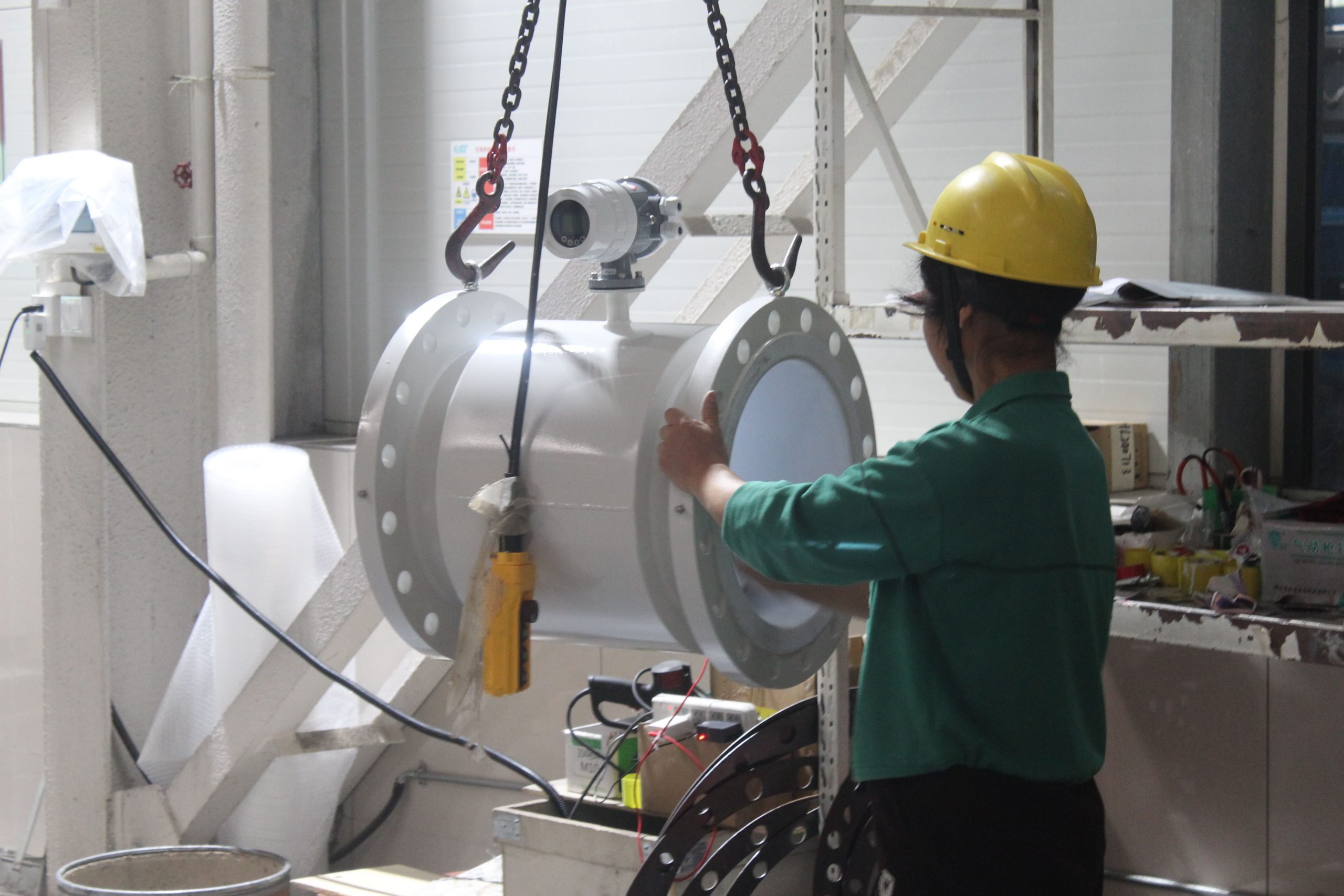
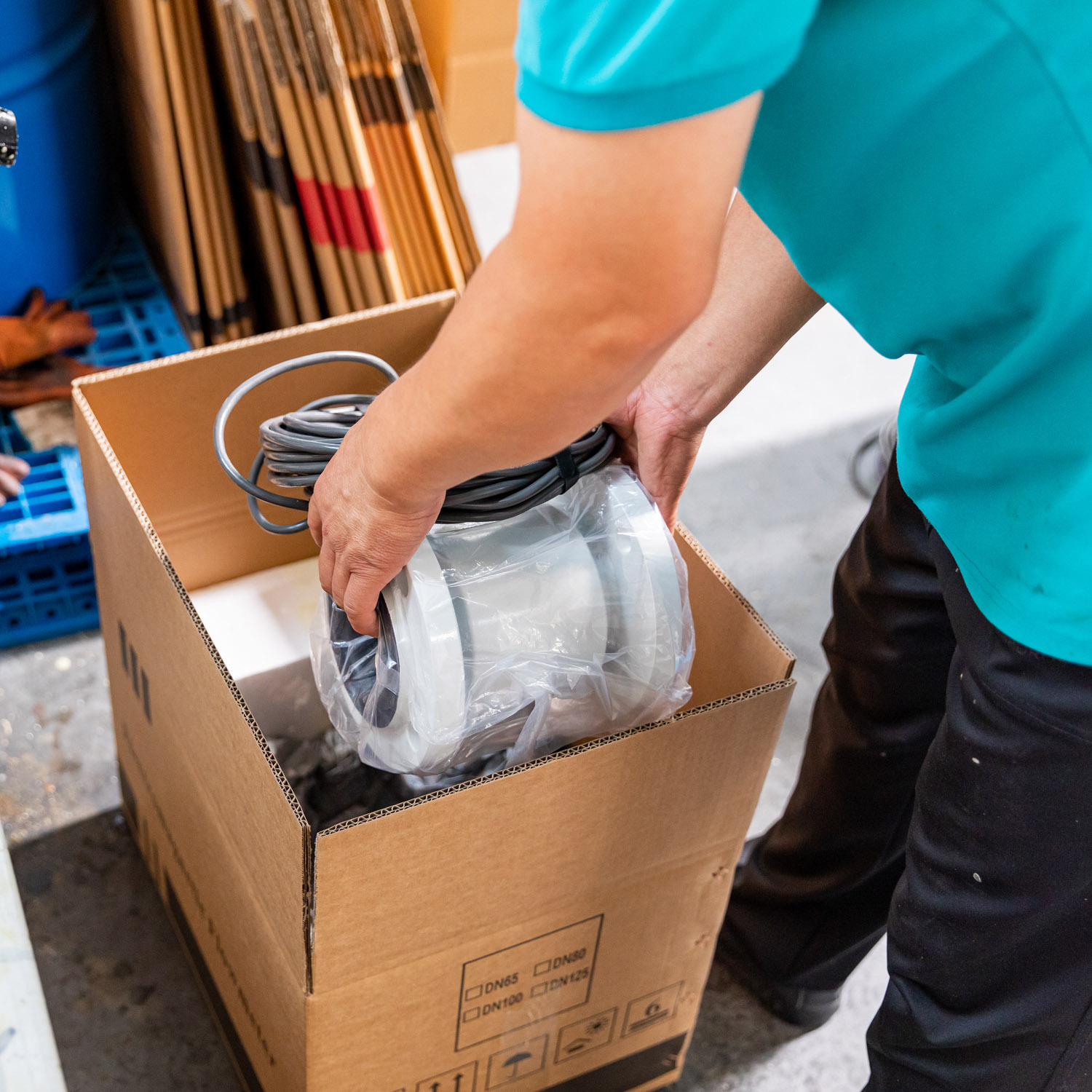


-.jpg)

